The post Legendary Nevadans Part III: This One’s for the Ladies appeared first on Travel Nevada.
These leading ladies took the chance to go where no woman had gone before, and for that, they are our favorite firsts.
In honor of Women’s History Month, we decided to feature a few of the women who figured prominently in the state’s history. From political firsts to a local sheriff, these women proved there were no bounds on their ambition or their impact on Nevada life.
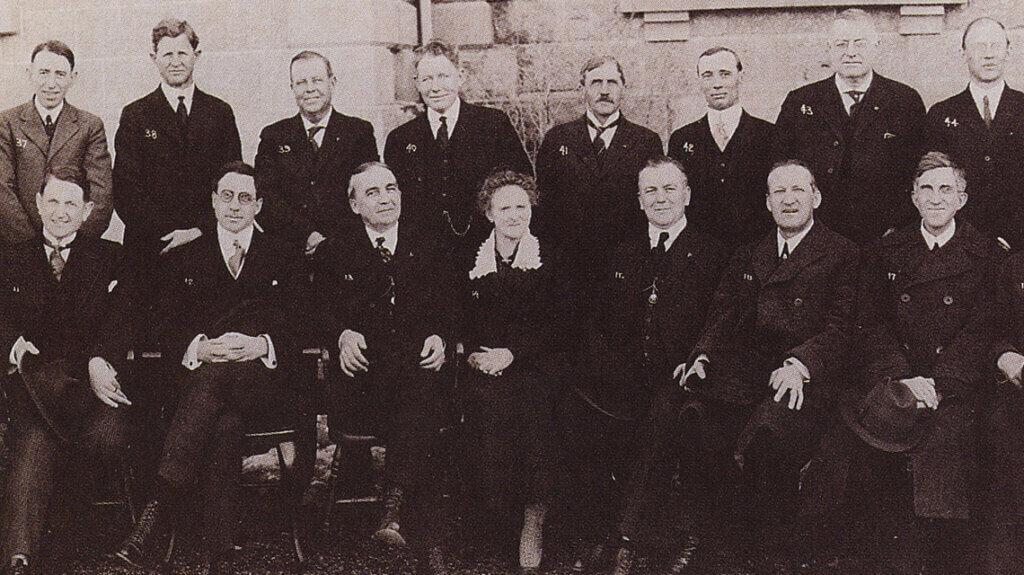
Nevada Historical Society
Sadie Dotson Hurst
Her Place was in the House (and Assembly)
In 1918, a Reno newspaper noted Republican Assembly candidate Sadie Dotson Hurst “will stand her and the people of Nevada in good stead should she be elected to the assembly.” No woman had ever served in the Nevada Legislature, and in fact, women were not allowed to vote in state elections until 1916. But the voters agreed, and Hurst became a representative for the 1919 session.
She was passionate about the Progressive movement, including Prohibition. Hurst’s successful bills included one that raised the age of consent from 16 to 18 years and increased the penalties for rape. Similar legislation had failed in previous sessions. Her bill outlawing animal cruelty was also approved. In 1920, Hurst was asked to preside over the House during the passage of the resolution to ratify the 19th Amendment giving women the right to vote. She ran for re-election in 1920 but was defeated. Since Hurst’s term, every Assembly but three has included at least one elected female legislator.
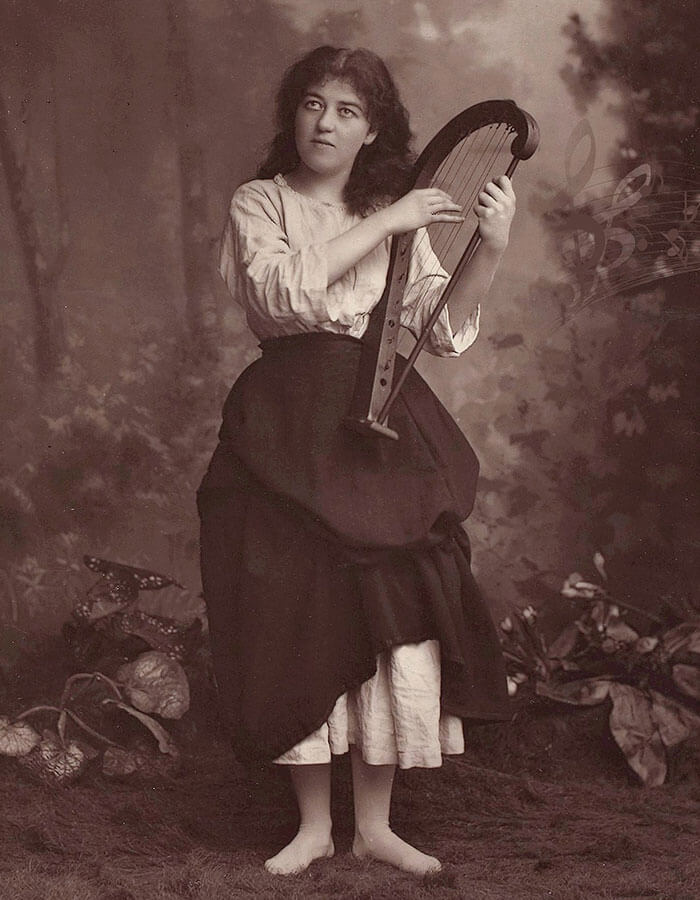
Nevada Historical Society
Emma Nevada
Silver State Songstress
Emma Wixom was born on Feb. 7, 1859, near Nevada City, California, and moved to Austin, Nevada, before she was 5. It was in Austin that the girl’s bright future began to shine. Emma’s big break is intertwined in the story of Reuel Colt Gridley, who in 1864, bet a fellow Austinite that whoever’s candidate lost the mayor’s race must carry a 50-pound sack of flour through the streets. Gridley lost, and the town showed up to watch. The event quickly turned into a parade, and the Austin Brass Band performed. The 5-year-old Emma was also there, and she displayed her remarkable singing talents for the first time. Afterward, she joined the Austin Methodist Church choir where she would sing every Sunday.
In 1872, she was sent to school at Mills Seminary in Oakland, where she attracted large audiences with her soprano vocal range. Her rising fame brought her to Europe, where she studied opera, and in 1880, she performed in renowned Italian opera composer Vincenzo Bellini’s “La Sonnambula” in London. At that same performance, Emma—for the first time—performed under her stage name Emma Nevada.
Frances Friedhoff
A Willing Public Servant
Frances Friedhoff lived a quiet yet active life in Yerington working with her husband George on their ranch. The couple was publicly active, with George serving three terms as a state senator while Frances served on the State Board of Vocational Education for 12 years. In 1921, she was appointed by President Harding as a representative from Nevada (one of just 16 women appointed) to attend the Agricultural Conference. In 1924, she was elected as Nevada’s delegate to the National Democratic Party convention, and for the next four years, she was the national party’s committeewoman for Nevada.
But it was 1935 that led her to be a part of Nevada’s history books when she served as the first female state senator. She took her husband’s place when he resigned mid-term. She served just a little more than seven months but was able to pass a bill which granted industrial insurance to Nevada Emergency Relief Administration workers. She did not run again, and it would be another 30 years before a woman—Helen Herr of Las Vegas—was elected to the State Senate.
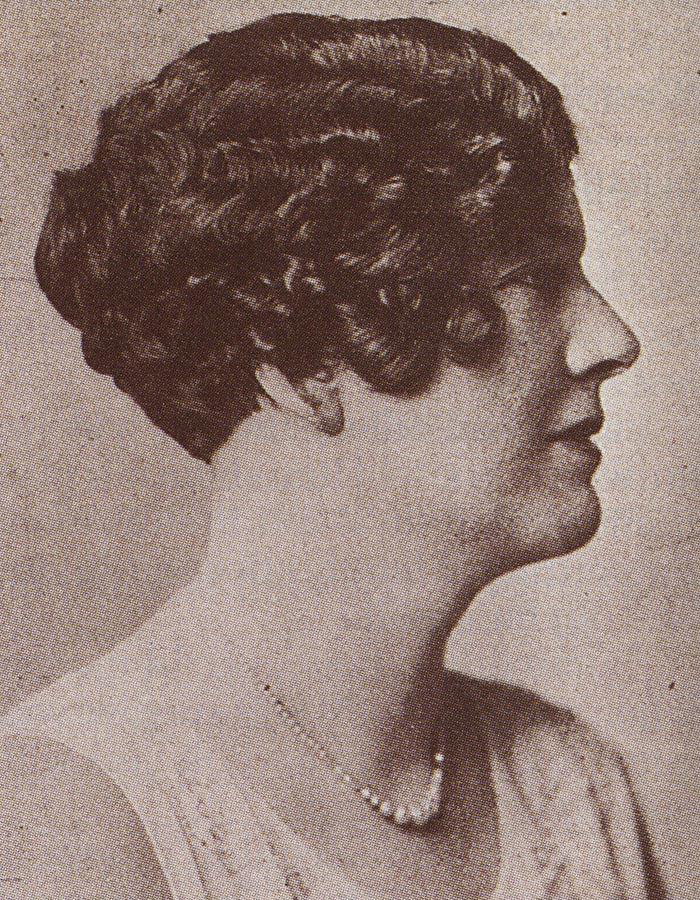
Nevada Historical Society
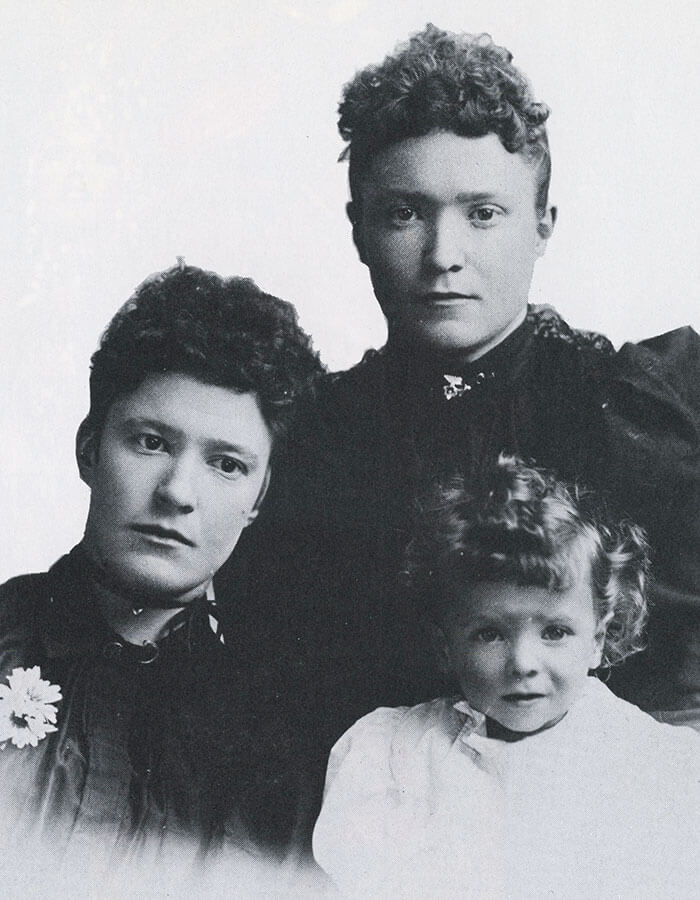
Nevada Historical Society
Clara Crowell
Lady of Law and Order
When her husband George died in 1919, he left not only a hole in her heart but in the community as well. George was sheriff of Lander County with two years left on his term. Almost unanimously, the citizens and county commissioners set their sights on Clara to replace him. In doing so, she became the first woman sheriff in Nevada history.
Clara proved she could handle any situation and was involved in the apprehension of cattle rustlers, horse thieves, robbers, and other criminals. Sheriff Crowell was a woman of action. Once she posed as an old American Indian to catch a man who was selling liquor illegally. On several occasions she entered saloons and broke up brawls and earned a reputation as a tough law officer.
When her term came to an end, people encouraged her to run for election. But she put her nursing skills to work as administrator of the county hospital, a position she held for 20 years. When she died at age 66 on June 19, 1942, a great tribute was made in Austin.
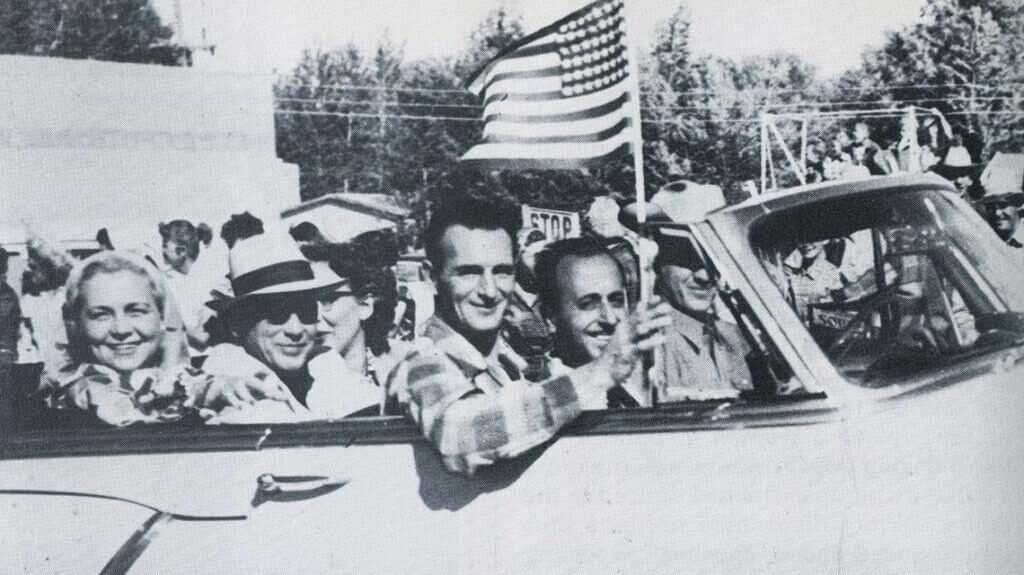
Nevada Historical Society
Dorothy Porter
The Dancing Mayor
In the early 1950s, North Las Vegas was a tough town for any politician to run—but for a politically inexperienced, ex-Ziegfeld showgirl to slip into the city council, straighten out the town’s tangled finances, and then become mayor seemed impossible. Dorothy Porter made it possible and became the state’s first woman to run a major city. She took office in 1954, when a woman in politics was still almost unheard of.
Porter and her husband moved to North Las Vegas in 1949, when the untamed town was a haven for bars and brothels. They bought a motel near the newly opened Nellis Air Force Base but were consistently harassed by illegal brothel owners to sell the property.
During this time, her husband died and Porter was ready to give up, but she decided to fight. She ran for city council in 1953 and won. With considerable financial and business acumen, she was quickly appointed finance commissioner and vice president, and she set about putting the city’s finances in order. In January 1954, the mayor and three council members were indicted on charges of malfeasance, and Porter was left to carry on. By late summer, the mayor resigned, and a new council elected Porter mayor.
Mayor Dorothy, as she was called, started initiatives to get a water system, a post office, paved and lighted streets, and playgrounds for children, and she fought to get money to help the city grow. Porter saw to the building of the most modern city hall in southern Nevada, a fire and police station, and a new water works, including a three-million-gallon reservoir and flood control system. She retired in May 1956.
Meet more female Legendary Nevadans. Part I details the amazing lives of Eilley Bowers, Dat So La Lee, and Julia Bulette. Sarah Winnemucca, Helen Stewart, and Jessie Beck’s fabled tales can be found in Part II.
The post Legendary Nevadans Part III: This One’s for the Ladies appeared first on Travel Nevada.
This article: Legendary Nevadans Part III: This One’s for the Ladies has been curated from our friends at Travel Nevada and the original in it's entirety can be found here: https://travelnevada.com/history-heritage/legendary-nevadans-part-iii-ladies/





